People visit the Hawaiian Islands to relax and enjoy outdoor activities, its unique culture, and beautiful terrain. Polynesian traditions and influences of cultures including Portugal, the Philippines, Korea, China, and Japan all contribute to the Hawaiian experience. In fact, its surfing and other water sports are world-class. As such, crowds may be common in this prime destination. Discover the most remote spots in Hawaii and how to safely get there.
Lava Tree State Monument — Big Island
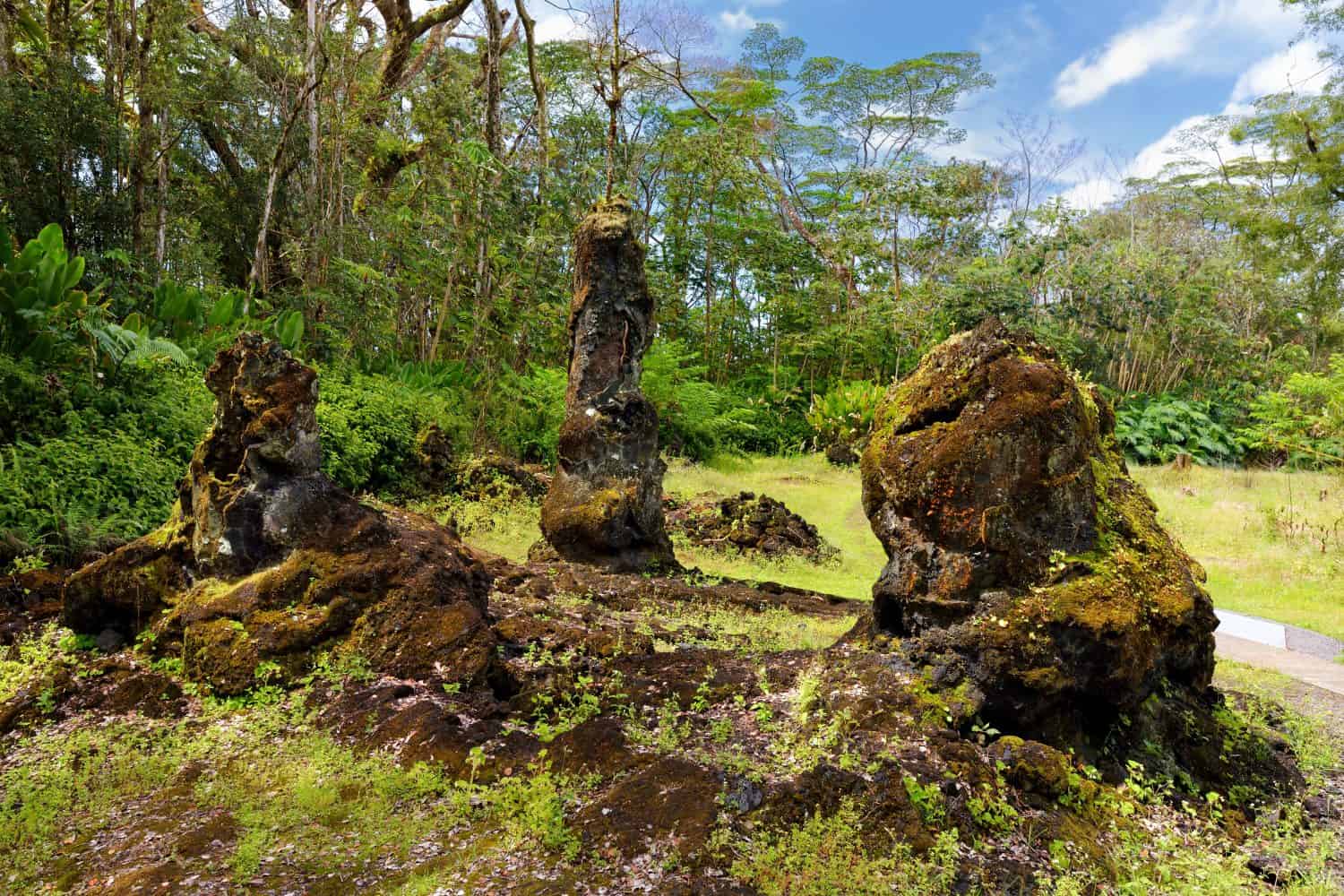
Glimpse into past volcanic activity at Lava Tree State Monument.
©MNStudio/Shutterstock.com
Lava tree molds provide evidence of once-deep lava flow. Hike the 0.7-mile loop to glimpse into past volcanic activity in this 17-acre park. To get there go east on Highway 132 for 2.7 miles past the town of Pahoa.
Kawela Bay — Oahu

Whale watching is popular during winter months.
©ImageWard/Shutterstock.com
Protected by reefs, this is one of the most secluded beaches on the island. During the winter enjoy whale watching. Also, catch a glimpse of the green sea turtles and monk seals that are found here. Nearby, wild parrots can be heard in the surrounding Banyan trees. To get there drive east from the town of Haleʻiwa, it is on the north coast past Turtle Bay.
Kaumana Lava Tubes — Big Island
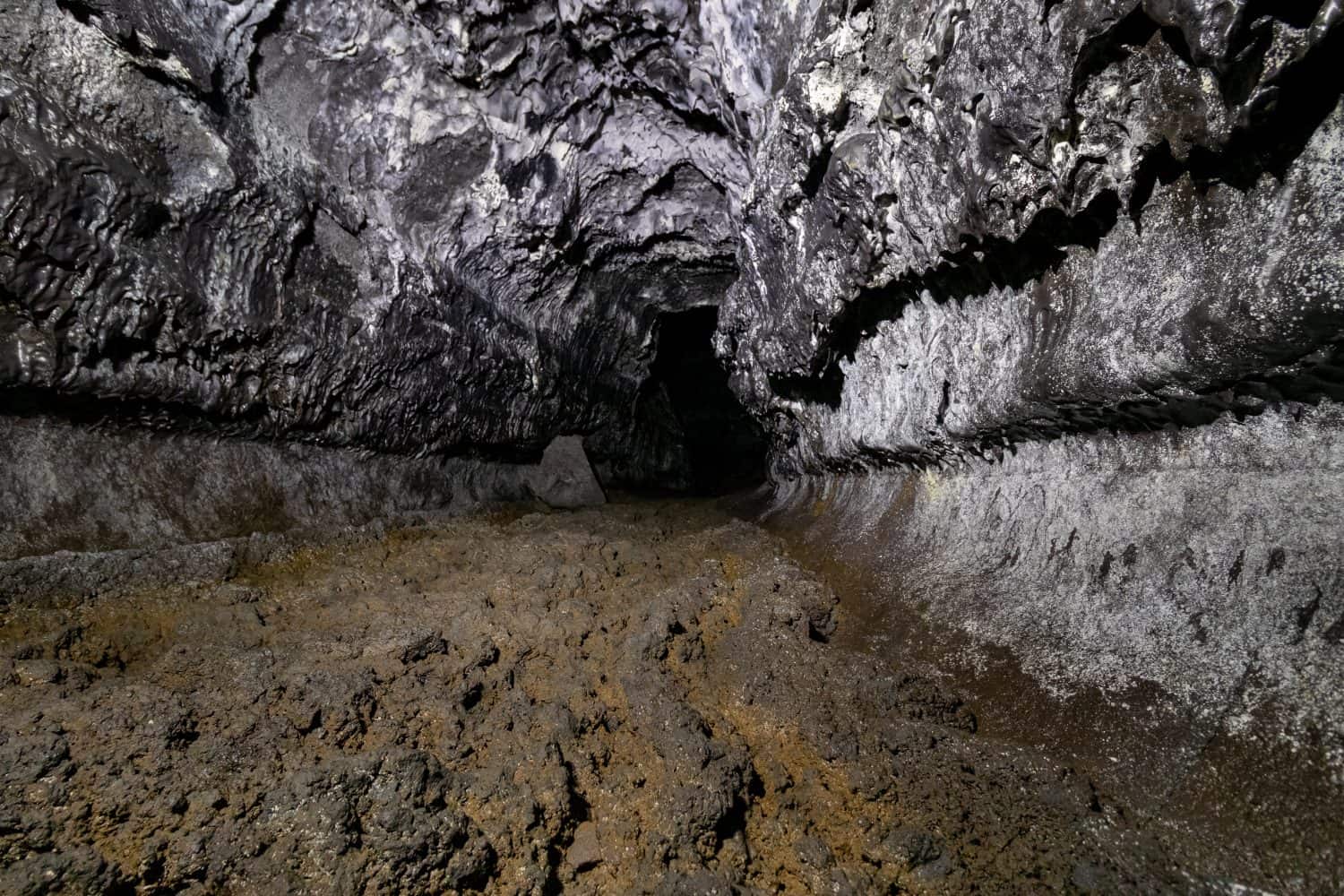
The Kaumana Lava Tubes near Hilo were created by lava flow from Mauna Loa.
©Eric Dale/Shutterstock.com
Near neighboring Hilo, visit the Kaumana Lava Tubes. In 1881 Mauna Loa produced enough lava to create these 25 miles of lava tubes. About 2 miles are public, the rest is on private property. Wear a headlamp because it’s dark inside. To get there from Hilo take Highway 200 west, Kaumana Caves Park is between markers 4 and 5.
Kukaniloko Birthing Stones — Oahu

Kukaniloko is where kings were born.
©okimo/Shutterstock.com
This site, according to the ancients, is where the island’s natural forces were strongest for royal births. Therefore, mothers of ali’I (royal) birthed their children here from 1100 through the mid-1600s. Indeed, it is a place where kings were born. Located in a 5-acre field at Kamehameha Highway and Whitmore Avenue in Wahiawā.
Bamboo Forest — Maui
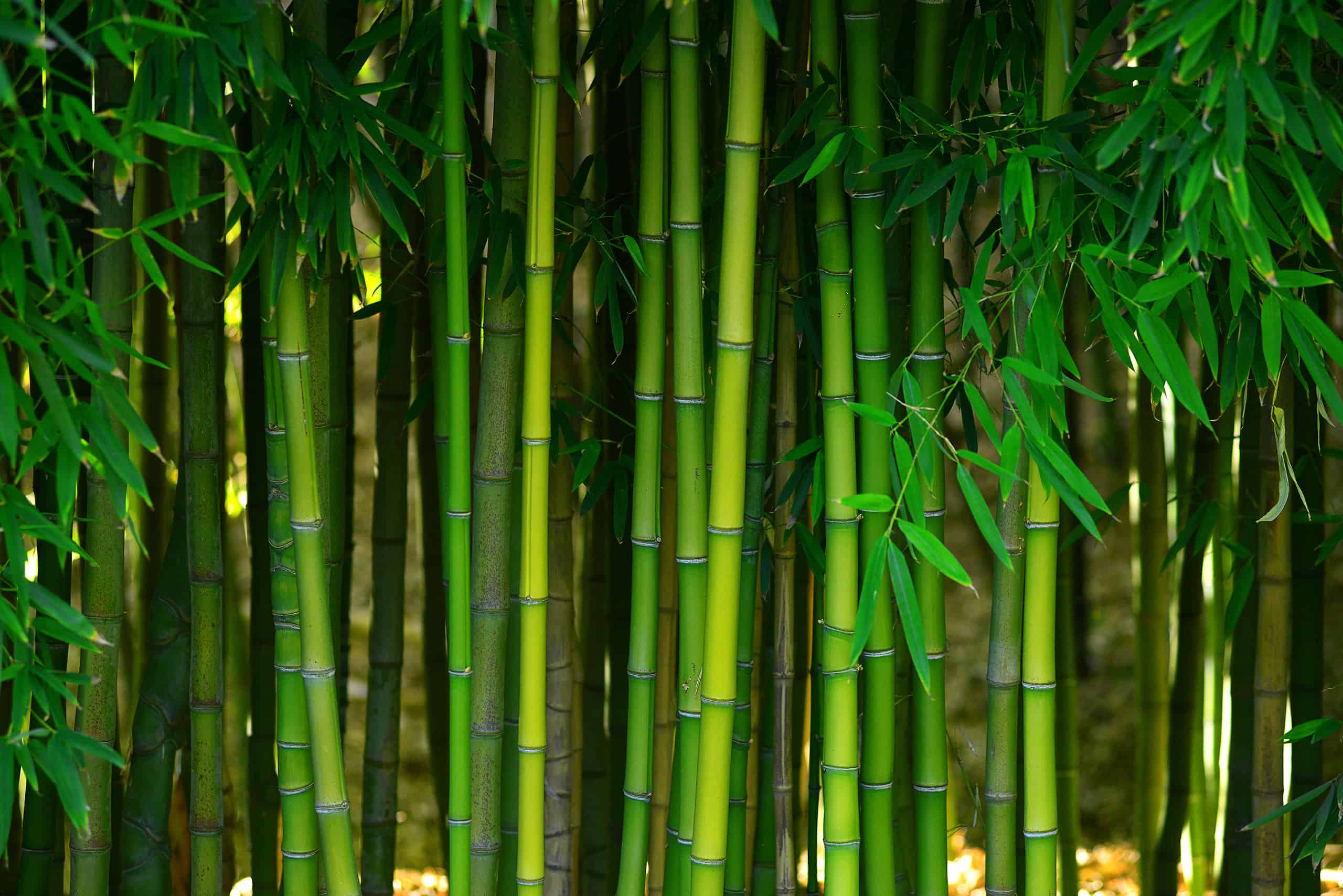
The wind blowing through the bamboo is musical.
©iStock.com/p-orbital
Hike along the Pipiwai Trail through the bamboo forest and along the way enjoy 200-foot Makahiku Falls. In fact, the trail is about a mile and a half and takes 1-1.5 hours to hike. Bring mosquito repellent, closed-toe shoes, light attire, and water. To get there go 10 miles past Hana to the entrance of Haleakala National Park.
Yokohama Bay — Oahu

Yokohama Bay is known for winter surfing.
©Maksym Fesenko/Shutterstock.com
One of the most secluded areas on the island is also called Keawa’ula Beach. Also, it is known for winter surfing and its white sandy beach. To get there take Highway 1 north to the end, it becomes Highway 93, and take it to the end of the road.
Makauwahi Cave — Kauai
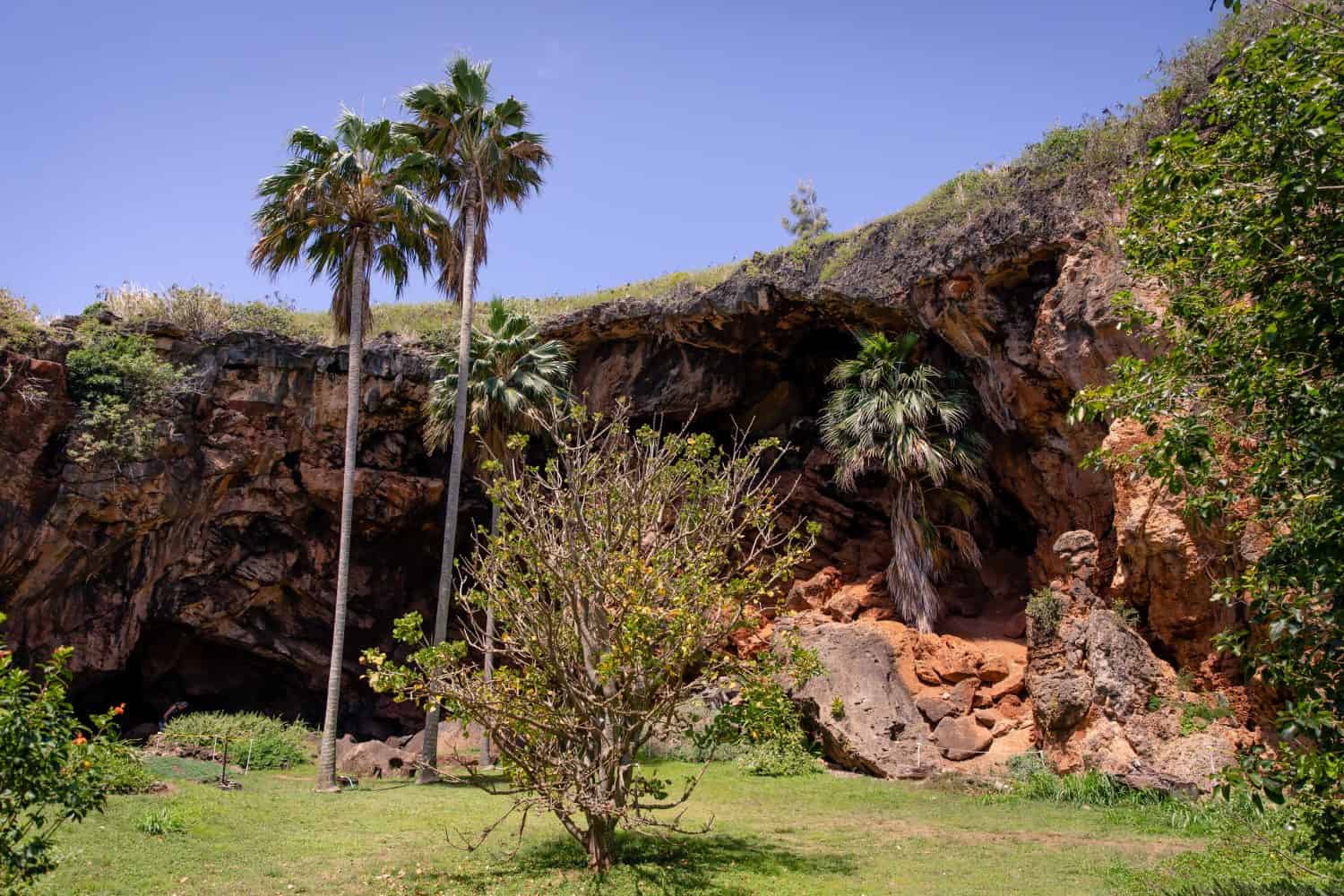
Makauwahi Cave is Hawaii’s largest limestone cave.
©bluestork/Shutterstock.com
This 17-acre archeological site is Hawaii’s largest limestone cave and a living museum. As a result, its 10,000-year-old contents are preserved. To get there hike in 2 miles from Keoneloa Bay to the coastal trail on the Makawehi Cliffs or drive on Grove Farm’s private dirt road past the Hyatt.
Kau Desert — Big Island
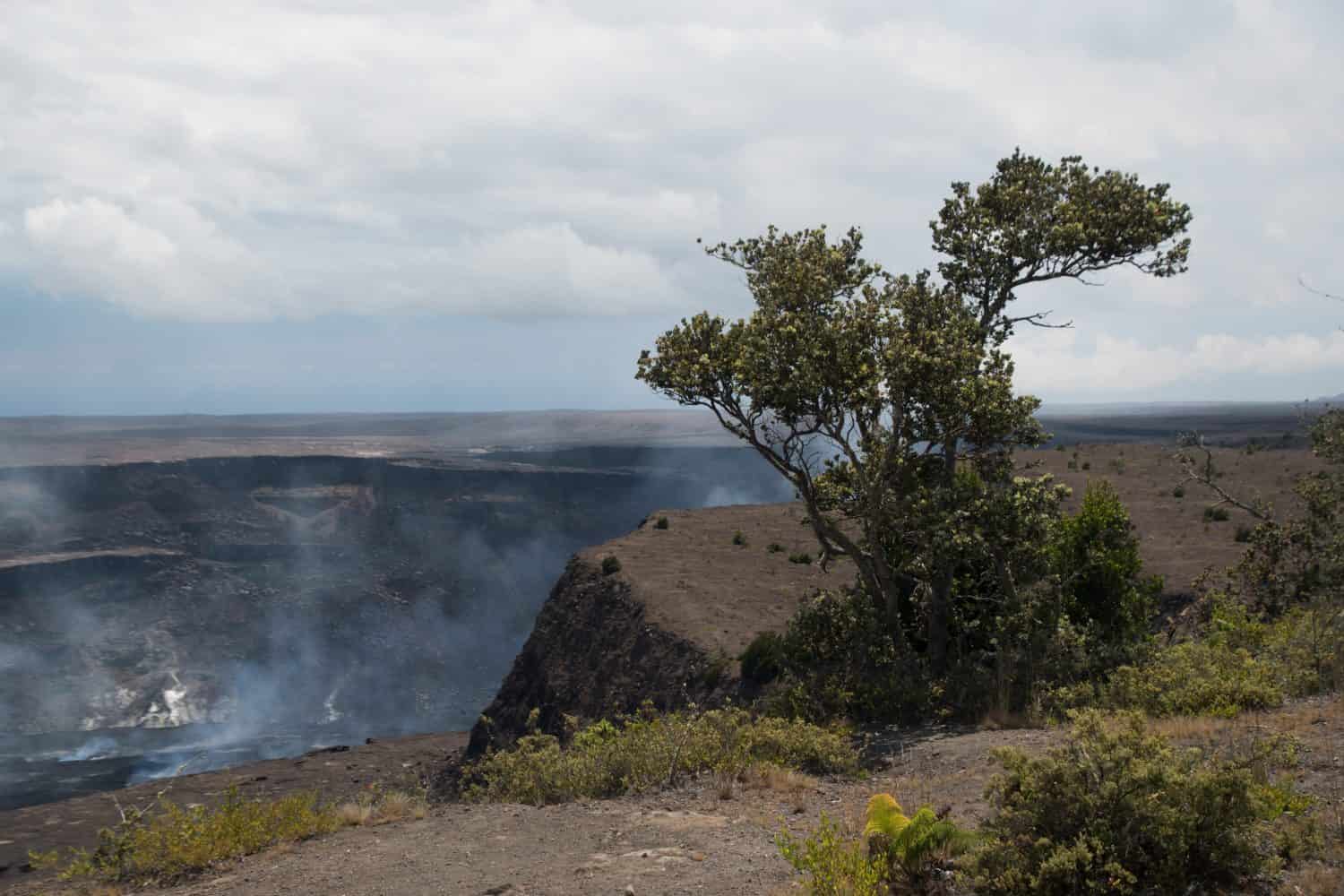
Kau Desert is the result of a 1790 Kilauea eruption.
©Dmitri Kotchetov/Shutterstock.com
In 1790 Kilauea erupted sending sand, ash, and hot gas onto the area now known as the Kau Desert area. In fact, ancient native Hawaiian footprints are still visible on the trail they once walked. Wear eye protection and a mask or bandana for protection because of the dusty landscape. The 0.8-mile trail from Highway 11 will take you to the Footprints Area.
Sanju Pagoda — Oahu
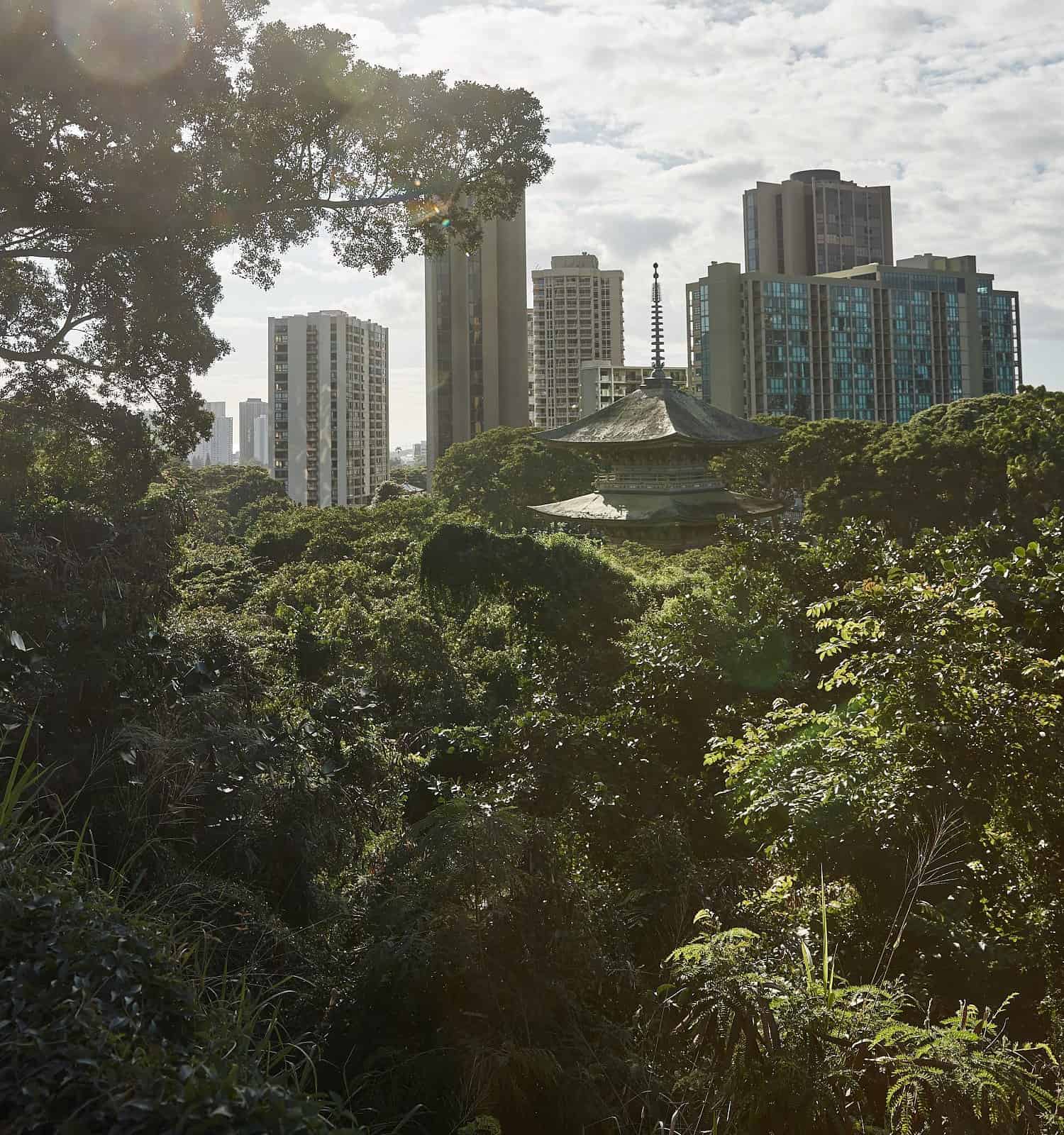
Sanju Pagoda in Oahu is the largest pagoda in the world.
©Jan Juerges/Shutterstock.com
Built between 1964 and 1966, it is the largest pagoda in the world. Centrally located in a cemetery in the Kyoto Gardens of Honolulu Memorial Park, the temple may only be viewed from the outside because it is closed to tours.
Keahiakawelo — Lanai
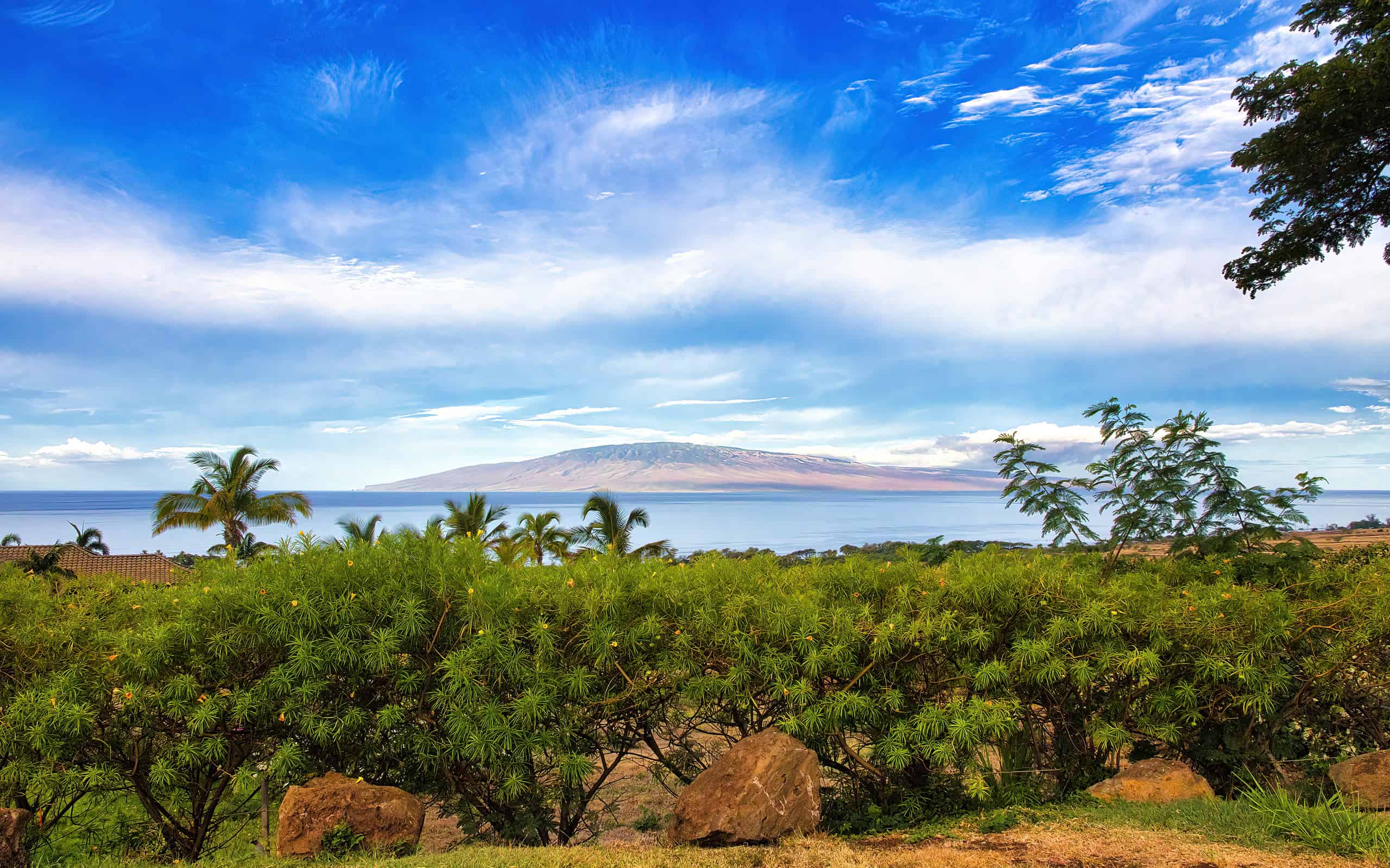
The Garden of the Gods is a natural rock garden.
©chrys35/ via Getty Images
The Garden of the Gods, Keahiakawelo, is a natural rock garden formed as a result of centuries of erosion. Legend has it that moving the rock will invite the wrath of the ancients. To get there use a four-wheel drive or a mountain bike from Lanai City and take Polihua Road to the end.
Glass Beach — Kauai

Beautifully colored sea glass covers Glass Beach.
©Nature's Charm/Shutterstock.com
Glass Beach’s black sand serves as a striking backdrop to the beautifully colored tumbled and smoothed sea glass. To get there from the town of Ele’ele turn left and drive to Port Allen. Take the last left turn to reach Glass Beach. When visiting, please do not take souvenirs.
Waihou Spring Forest Reserve — Maui
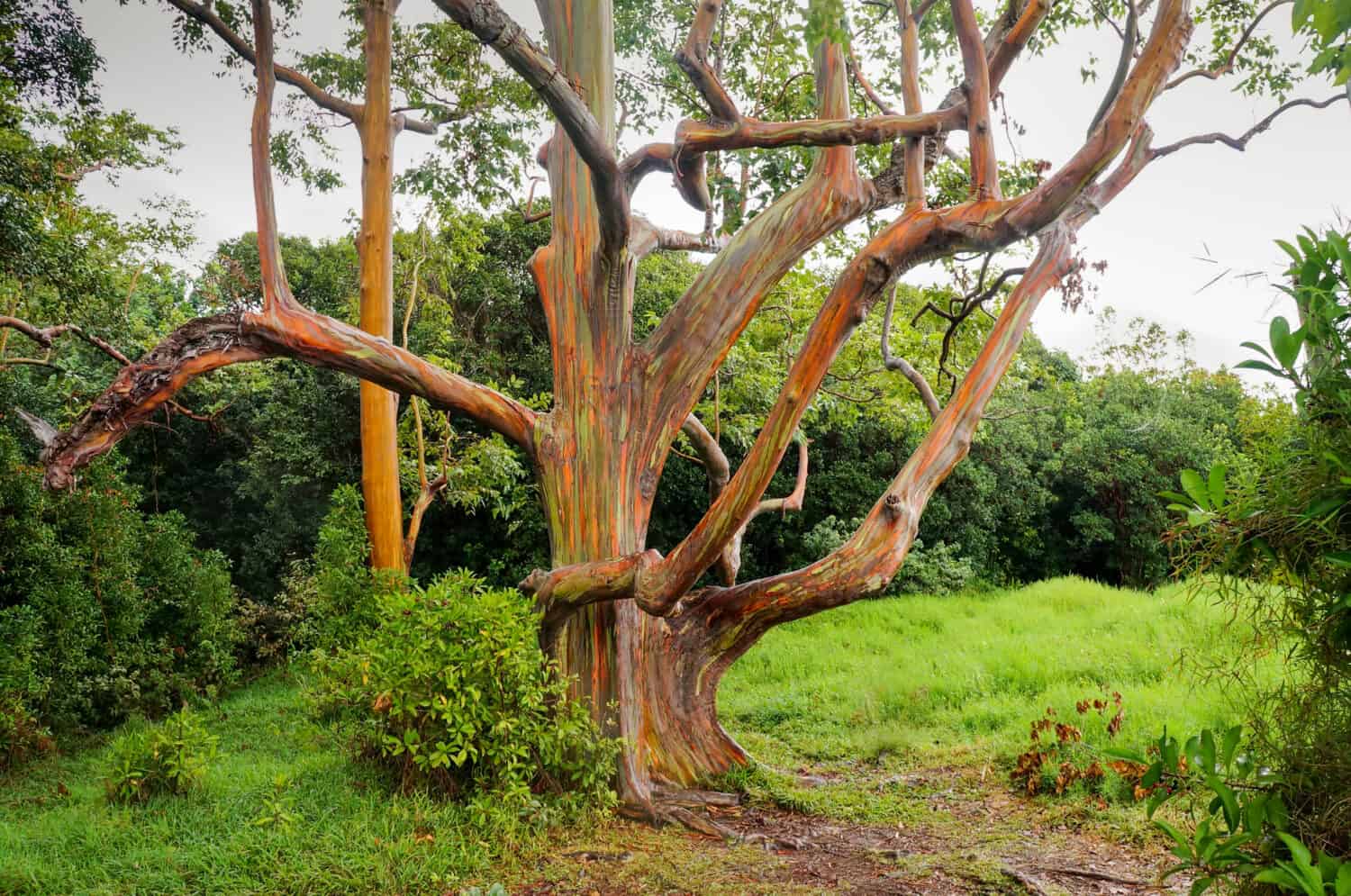
This experimental forest with non-native trees was planted in the 1920s.
©Ilya Images/Shutterstock.com
For a cool and refreshing short-day hike in the upcountry, visit the 186-acre Waihou Spring Forest Reserve. In fact, the main 0.8-mile loop is an easy trek, but the Waihou Spring trail is more challenging. To get there take Highway 37, turn left at Makawao Avenue, right at Olinda Road, and drive 4.8 miles to the parking area.
Waimanu Valley — Big Island
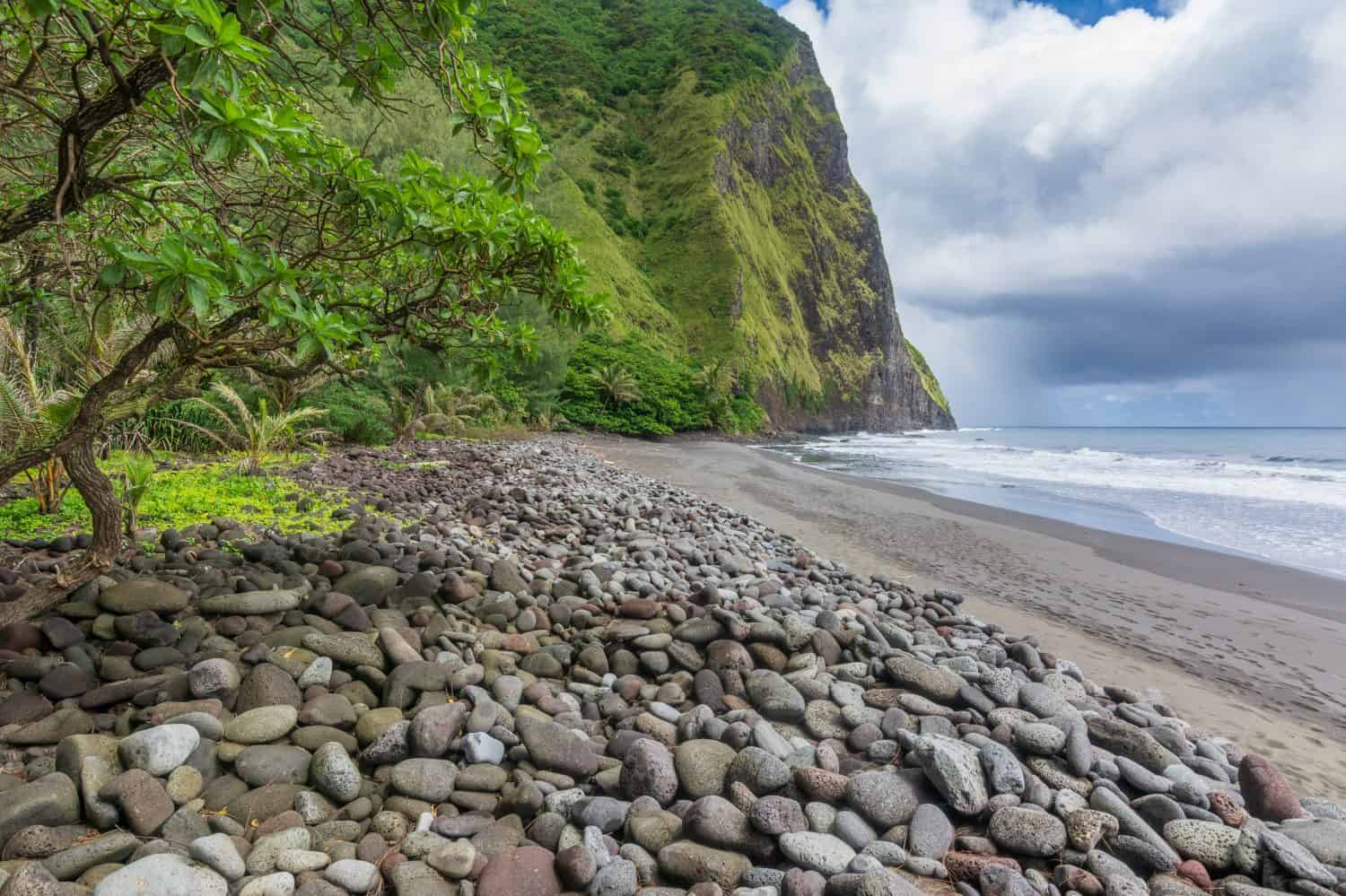
Waimanu Valley boasts many beautiful waterfalls.
©Tomasz Zakrzewski/Shutterstock.com
Visit majestic waterfalls, including 2,600 Waihīlau Falls the thirteenth highest in the world. Located along the Hamakua Coast, this a difficult place to explore by foot. As a result, many opt for a helicopter tour instead. Overnight stays require a permit. To get there from Honoka’a take Highway 240 west to Kukuihaele to the end of the road.
Lithified Sand Dunes of Kawailoa Bay — Kauai
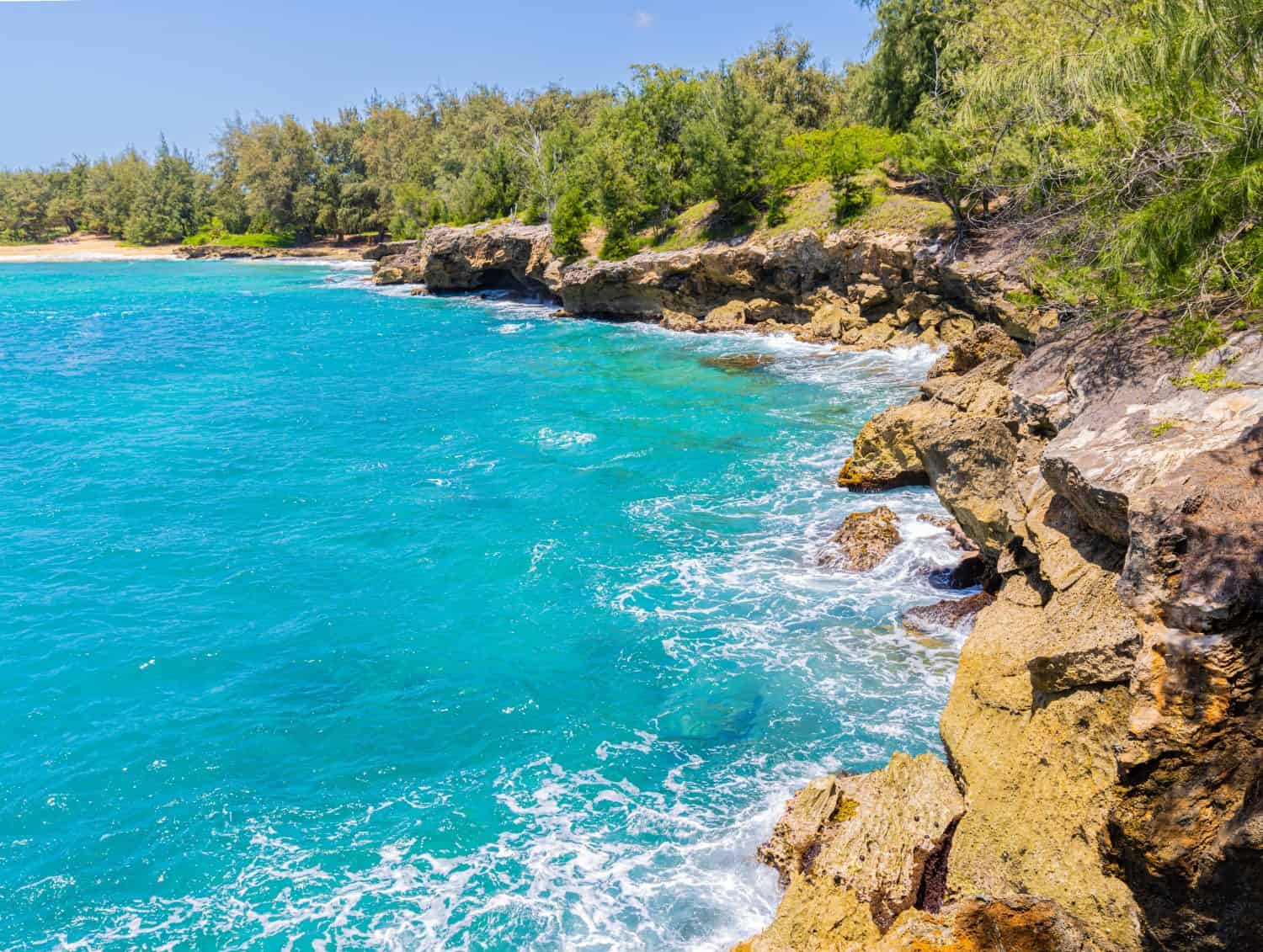
Kawailoa Bay is popular with windsurfers.
©Billy McDonald/Shutterstock.com
Ancient dunes were formed by trade winds blowing sand and over time they became sedimentary lime rock formations. As a result, this windy remote area is a popular spot for windsurfers and surf fishing. To get there take Highway 50, then Highway 520 to Poipu, turn right on Koloa Road, and left on Poipu Road. Go past the Grand Hyatt Resort and Poipu Bay Golf Course, and park at the Shipwreck Beach parking lot.
Niihau — Niihau
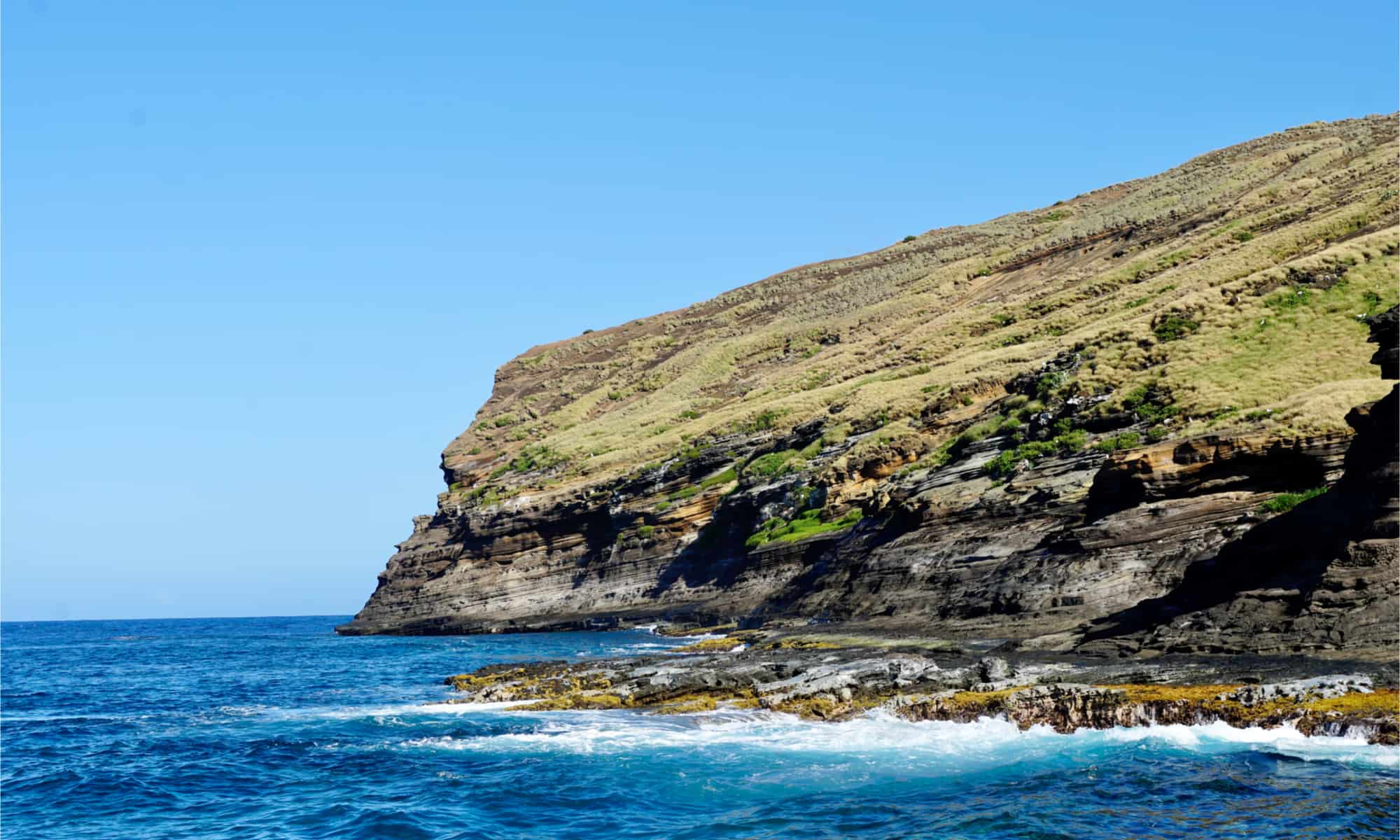
Niihau is known as the Forbidden Island.
©Finding Focus Photography/Shutterstock.com
This private 70-square-mile island, known as the Forbidden Island, is home to around 170 people. Purchased in 1864 for $10,000 from King Kamehameha it is still in the original family, the Robinsons. In 1987 private tours began. Additionally, helicopter or boat tours are available.
Kalalau Trail — Kauai

Kalalau Trail runs along the Napali Coast.
©Nickolay Stanev/Shutterstock.com
This rugged 11-mile trail along the Napali Coast starts from Ke’e Beach and ends at Kalalau Beach. In fact, a permit is needed for parts of the trail. The hike goes through valleys, waterfalls, and beaches including Secret Beach. To get there take Highway 56 to the north end of the road and park.
Halawa Beach Park — Molokai
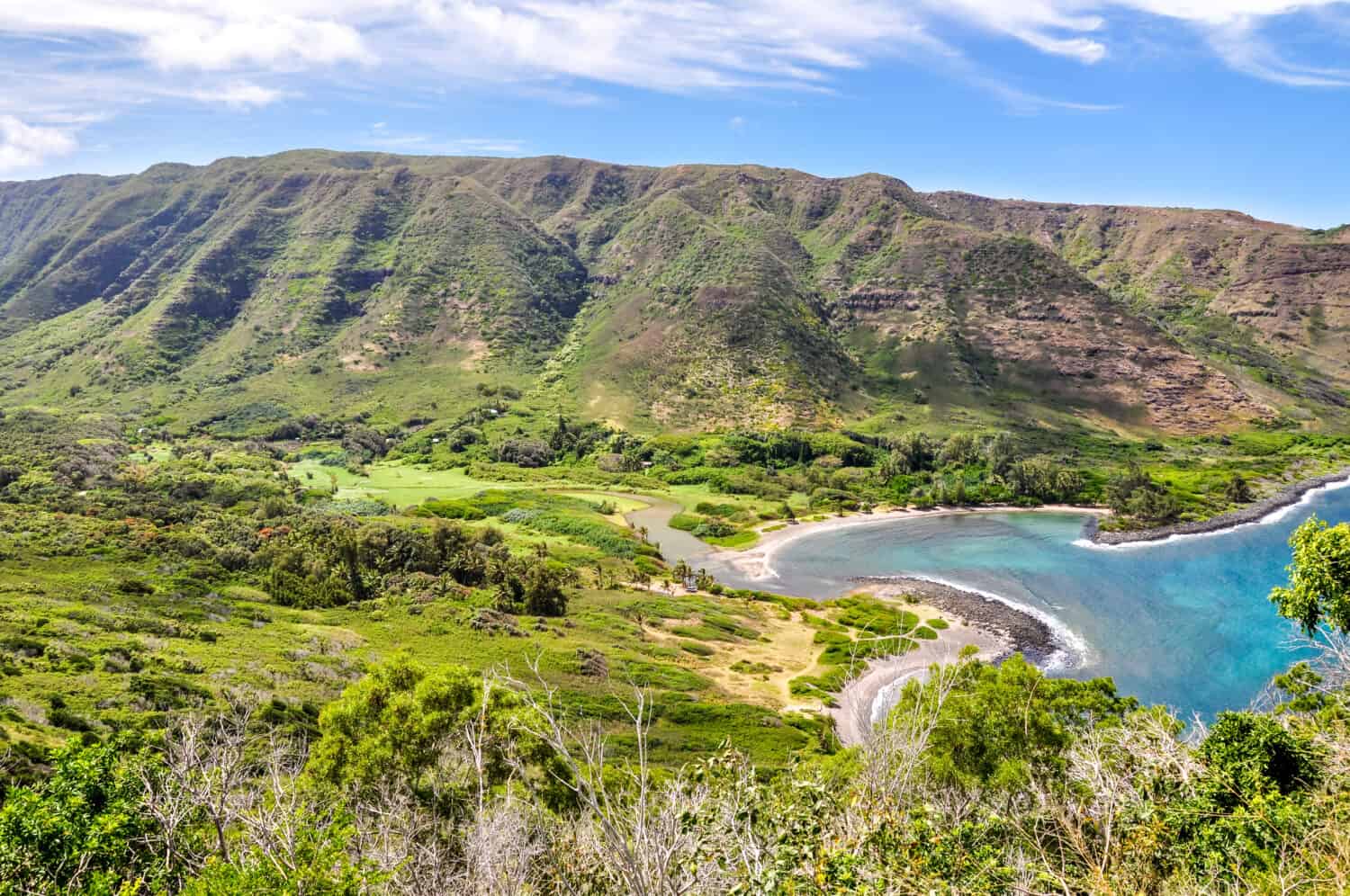
Halawa Beach Park is flanked by beautiful sand dunes.
©Juergen_Wallstabe/Shutterstock.com
Located next to Kama’alaea Beach and Kawili Beach, this beach is on the east shore of the island on Halawa Bay. Flanked by low sand dunes, this remote spot is perfect for sunbathing, fishing, and picnicking on the black and white sand. To get there take Highway 450 to the end, and cross a bridge to the parking lot.
Polulu Valley — Big Island
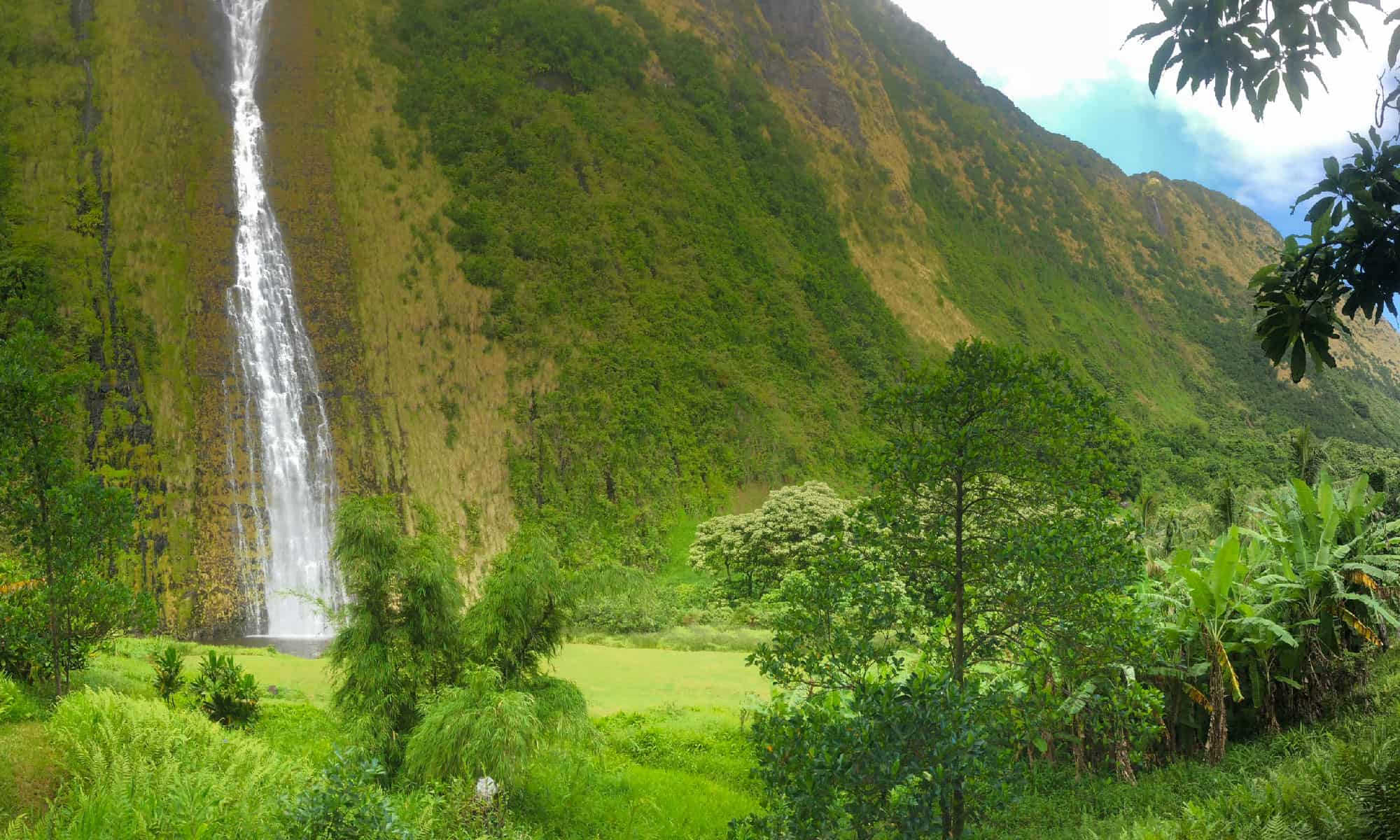
Polulu Valley offers spectacular views.
©Rebecca Raven Wood/Shutterstock.com
Spectacular views abound in this gorgeous valley on the eastern slope of the extinct Kohala volcano. Pololū Trail ends at the valley floor, it’s a 420-foot drop where the black sand beach is 0.6 miles away. In fact, between December and March, you can see humpback whales. To get there take Highway 270 to its end east of the town of Hawi.
Laie Point State Wayside — Oahu
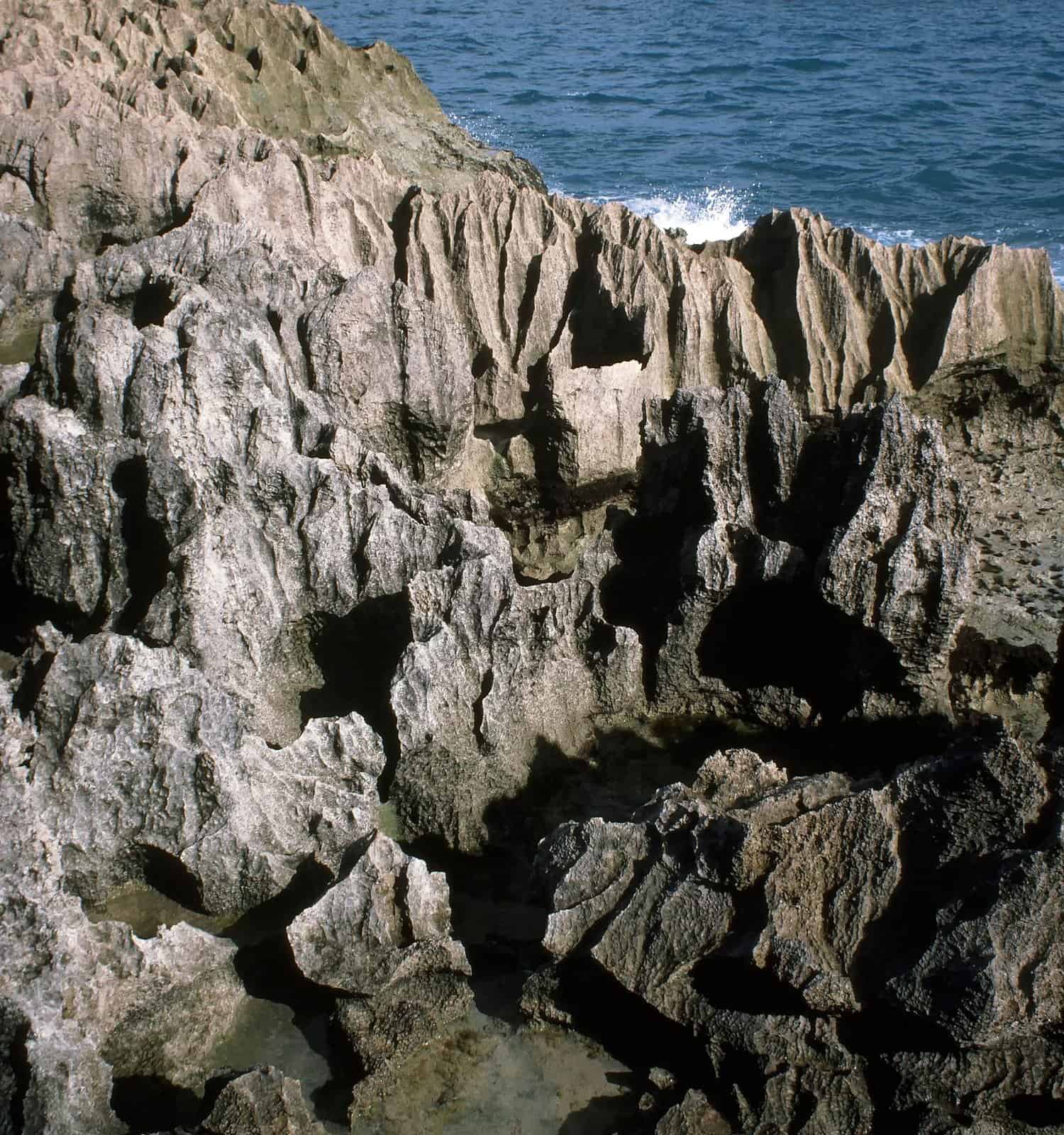
Remote Laie Point State Wayside is a seabird sanctuary.
©Malachi Jacobs/Shutterstock.com
Laie Point State Wayside — Oahu
This offshore seabird sanctuary offers cliff jumping, fishing, and sightseeing. In fact, this remote peninsula is a secret spot among locals and a photographer’s paradise because of its striking jagged rock formations. Take Highway 83 to Foodland Grocery on Anemoku Street, turn right, and go to the end of Naupaka Street.
Polihale Beach — Kauai

Polihale Beach is the longest beach on Kauai.
©SVongpra/Shutterstock.com
This remote 17-mile beach is the longest beach on the island offering unequaled views. It is at the end of the Napali Coast and boasts 100-foot sand dunes. The ocean depth drops quickly and rip currents are strong, therefore water activities are not advised. To get there take Highway 50 to the end.
Lapakahi State Historical Park — Big Island

View how the ancients lived in a restored hale (houses) in Lapakahi State Historical Park.
©Alexandre.ROSA/Shutterstock.com
The remains of a 600-year-old fishing village exist in this 262-acre park in North Kahala. Take the one-mile loop trail to view how the ancients lived in a restored hale (houses) with lava stone walls. To get there take Highway 270 north of Kawaihae, it’s near marker 14.
Harold L. Lyon Arboretum — Oahu

Harold L. Lyon Arboretum has over 5,000 tropical plant species.
©Lisa Strachan/Shutterstock.com
Established in 1918, this 194-acre arboretum was later named for Dr. Harold L. Lyon, a botanist, and the original director. Several gardens exist here with over 5,000 tropical plant species to enjoy. Additionally, there are hiking trails for bird-watching, and educational workshops are available. To get there from Manoa take Manoa Road to the end of the road.
Alakaʻi Wilderness Preserve — Kauai

Mount Waialeale has an average rainfall of 400 inches.
©Axel Koehler/Shutterstock.com
Known as Alakaʻi Swamp this 9,000-acre preserve is one of the wettest places on earth. In fact, this high-elevation forest on Mount Waialeale has an average rainfall of 400 inches. Furthermore, it is a great place for bird-watching as it has many rare species. To get there take Highway 550 to the end of the road.
Mokuleia Beach — Oahu
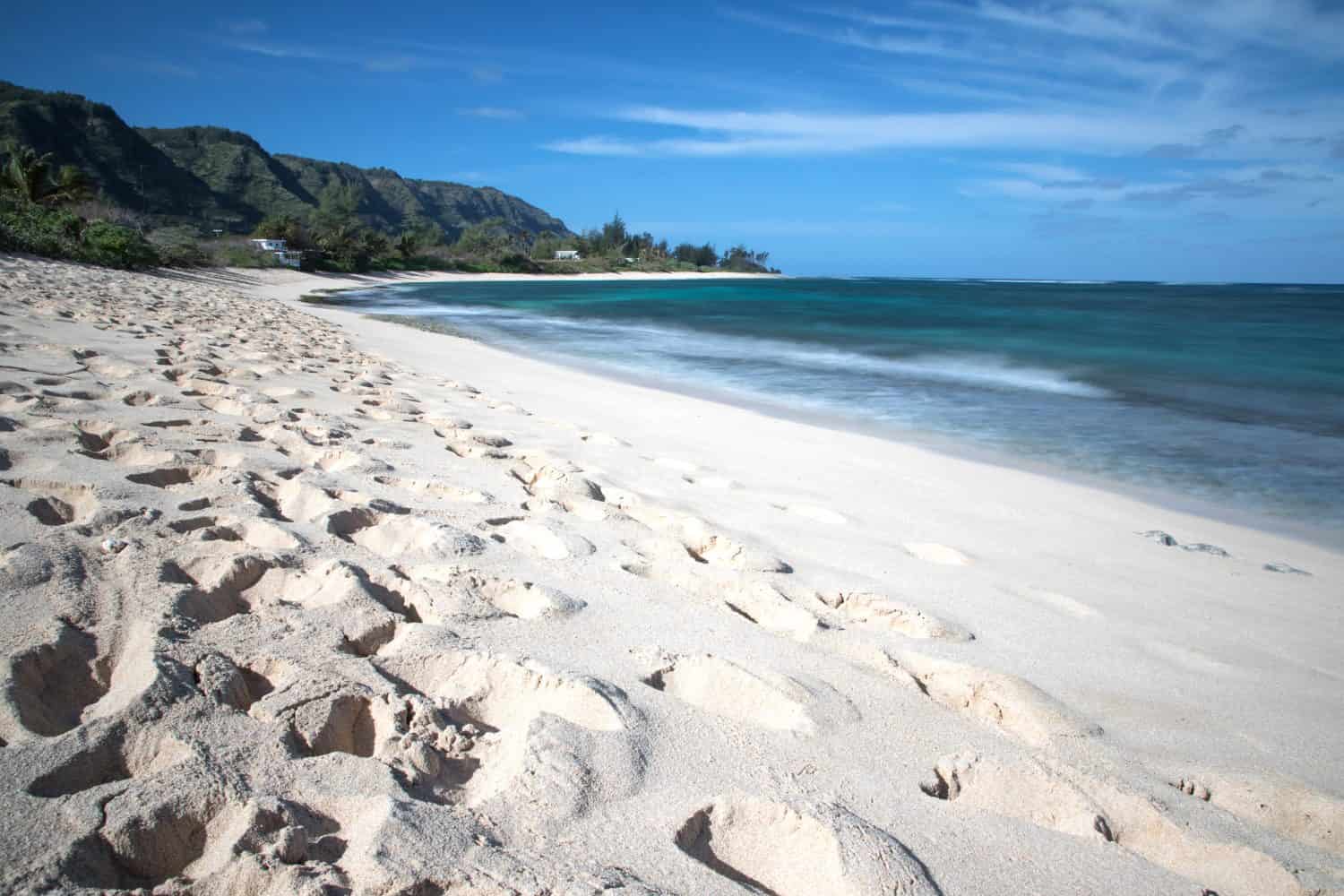
Mokuleia Beach is known for windsurfing.
©Yi-Chen Chiang/Shutterstock.com
This beautiful white sand beach is known for its windsurfing and is a quiet spot to snorkel or spearfish. Green sea turtles can be seen resting on the shore. To get there take Highway 30 north and look for the chain link fence, its past address 628 on the ocean side.
Ke’e Beach — Kauai
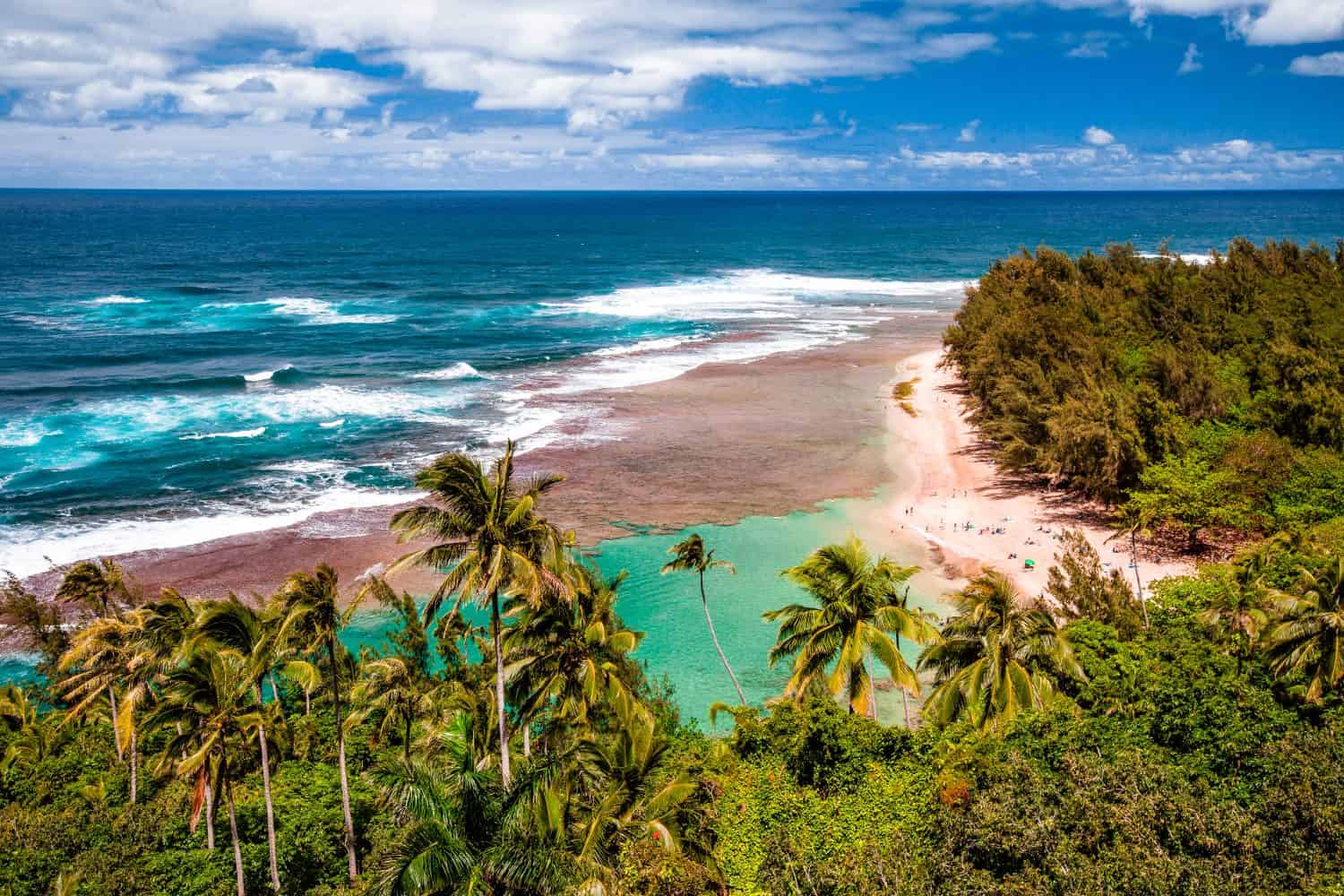
Ke’e Beach is protected by a reef.
©Shane Myers Photography/Shutterstock.com
Protected by a reef, this beach is at the edge of Haena State Park and is a great place to snorkel or swim. Take caution as the surf is strong in the area. In addition, it is the starting point for nearby Kalalau Trail. To get there take Kuhio Highway to the end.
Wai’anapanapa State Park — Maui
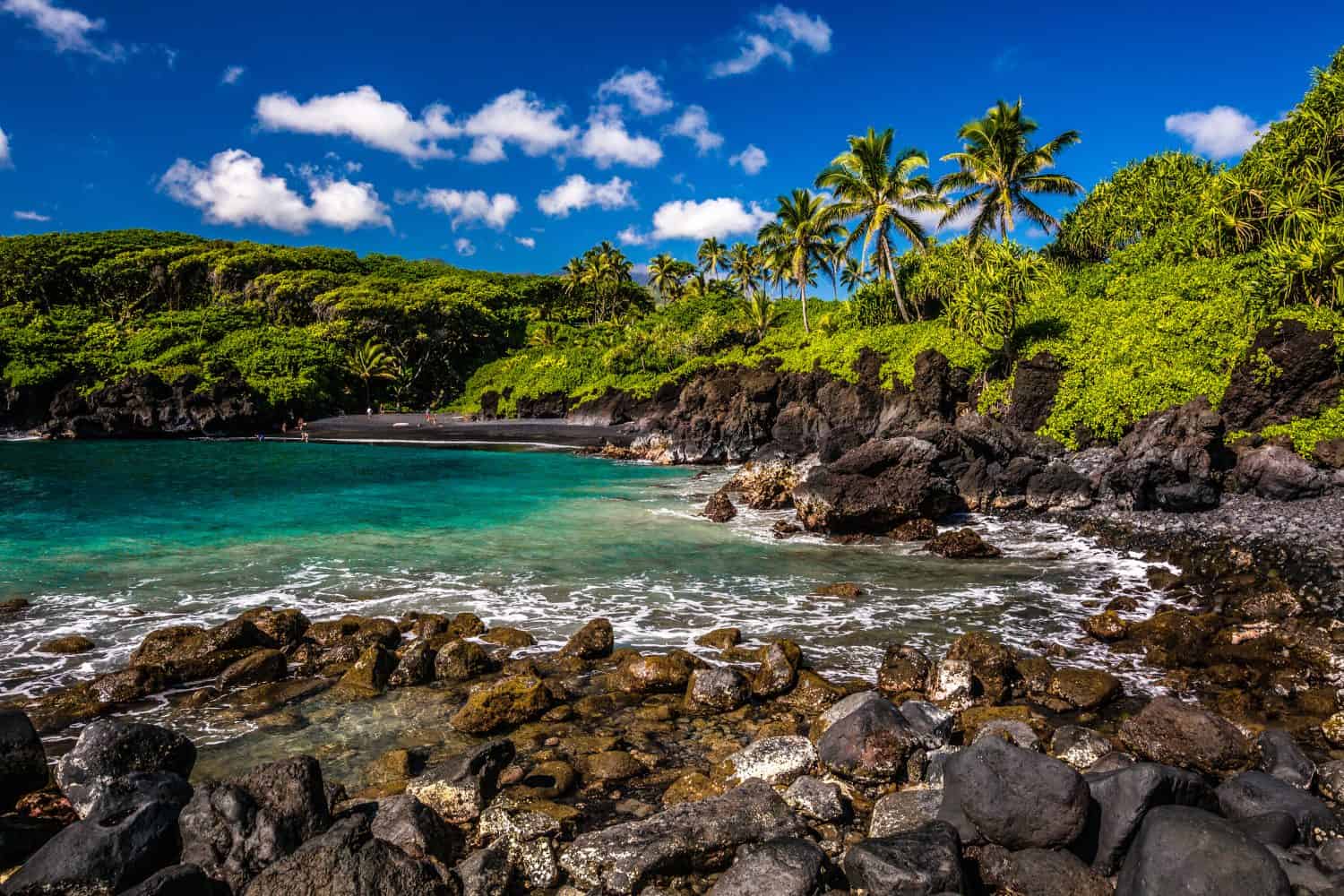
Wai’anapanapa State Park is located in Hana.
©Shane Myers Photography/Shutterstock.com
This 122-acre state park in Hana is located at the end of Waiʻanapanapa Road. Beautiful black beaches, a blowhole, sea arches, cliff diving, ocean caves, and hiking are a few of the activities in the area. To get there take Highway 360, and look for marker 32.
Summary of Discover the 26 Most Remote Spots in Hawaii and How to Safely Get There
| Remote Spot | Island |
|---|---|
| Lava Tree State Monument | Big Island |
| Kawela Bay | Oahu |
| Kaumana Lava Tubes | Big Island |
| Kukaniloko Birthing Stones | Oahu |
| Bamboo Forest | Maui |
| Yokohama Bay | Oahu |
| Makauwahi Cave | Kauai |
| Kau Desert | Big Island |
| Sanju Pagoda | Oahu |
| Keahiakawelo | Lanai |
| Glass Beach | Kauai |
| Waihou Spring Forest Reserve | Maui |
| Waimanu Valley | Big Island |
| Lithified Sand Dunes of Kawailoa Bay | Kauai |
| Niihau | Niihau |
| Kalalau Trail | Kauai |
| Halawa Beach Park | Molokai |
| Polulu Valley | Big Island |
| Laie Point State Wayside | Oahu |
| Polihale Beach | Kauai |
| Lapakahi State Historical Park | Big Island |
| Harold L. Lyon Arboretum | Oahu |
| Alakaʻi Wilderness Preserve | Kauai |
| Mokuleia Beach | Oahu |
| Ke’e Beach | Kauai |
| Wai’anapanapa State Park | Maui |
The photo featured at the top of this post is © Dmitri Kotchetov/iStock via Getty Images
Thank you for reading! Have some feedback for us? Contact the AZ Animals editorial team.






